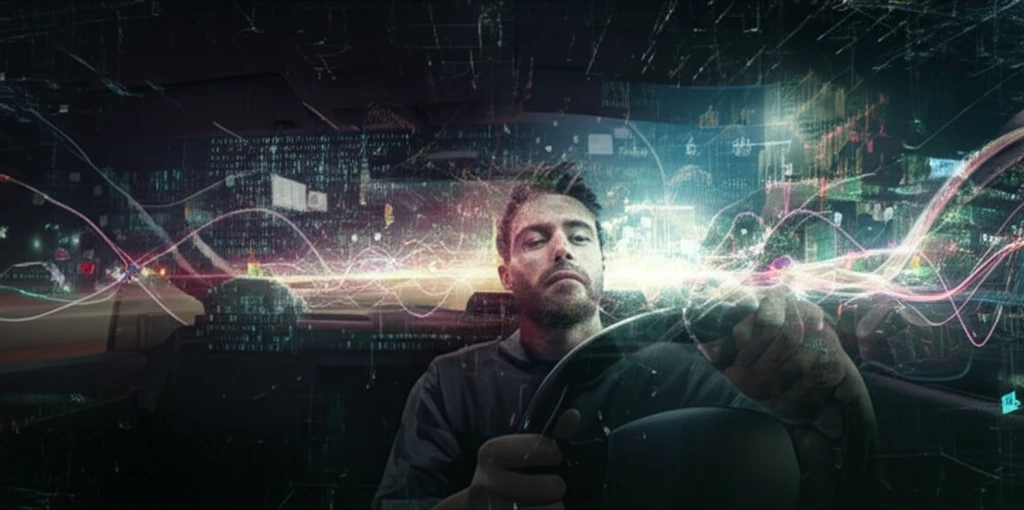
Is Driver Fatigue Undermining Your Safety? How Tech Can Help You Stay Alert
"Discover how advanced technology uses data analysis to detect and combat driver fatigue, making your journeys safer for you and everyone else."
Driving, whether it's a daily commute or a long-distance journey, demands constant attention. Yet, fatigue can creep in unnoticed, turning a routine drive into a potentially dangerous situation. Drowsy driving is a significant factor in vehicle accidents, often caused by sleep deprivation, long working hours, or underlying health conditions. The consequences can be severe, affecting not only the driver but also passengers and other road users.
Fortunately, technology offers promising solutions to combat driver fatigue. Advanced research is now focused on developing systems that can accurately detect a driver's mental state and provide timely alerts. These systems use a combination of sensors, data analysis techniques, and real-time monitoring to identify signs of fatigue before they lead to an accident.
This article delves into the innovative methods being developed to detect and manage driver fatigue. We will explore how these technologies work, their potential benefits, and how they might shape the future of road safety. Understanding these advances can empower drivers and promote a safer driving environment for everyone.
How Does Technology Detect Driver Fatigue?

Traditional methods of detecting driver fatigue often rely on observable behaviors, such as lane deviations or delayed reaction times. However, these signs may only become apparent once fatigue has significantly impaired driving ability. Modern technological approaches aim to detect fatigue earlier by analyzing a wider range of indicators.
- Physiological Monitoring: Sensors can track vital signs like heart rate, respiratory flow, and brain activity (EEG). Changes in these parameters can indicate fatigue. However, the intrusiveness of wearing sensors can be a drawback.
- Driver Behavior Analysis: Systems analyze driving patterns, including steering wheel movements, acceleration, and braking. Unusual or erratic patterns can signal fatigue-related impairment.
- Machine Vision Recognition: Cameras monitor facial expressions, eye movements, and head position. Frequent yawning, drooping eyelids, or head nodding are telltale signs of drowsiness.
- Vehicle State Monitoring: Analyzing data from the vehicle itself, such as steering wheel angle and lateral acceleration, can reveal fatigue-related deviations in driving performance.
The Road Ahead: Safer Driving for Everyone
The ongoing research and development of driver fatigue detection systems hold immense promise for improving road safety. By combining advanced sensors, sophisticated data analysis, and real-time alerts, these technologies can empower drivers to recognize and manage their fatigue before it leads to accidents. As these systems become more refined and integrated into vehicles, we can look forward to a future where drowsy driving is significantly reduced, making our roads safer for everyone.
